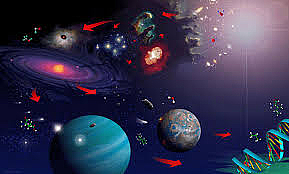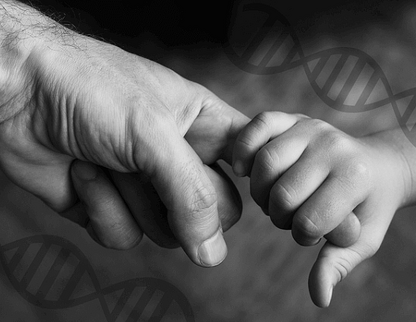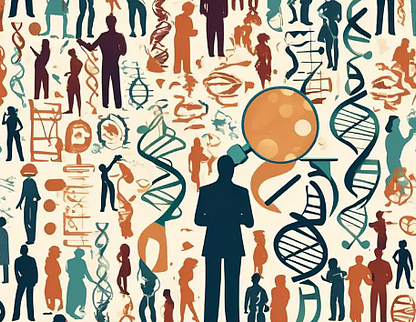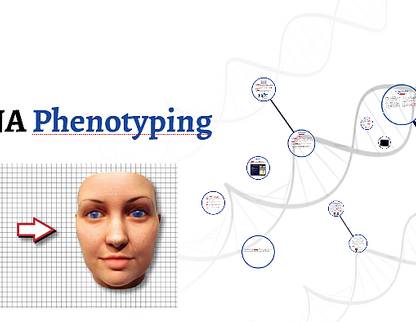
Space exploration offers glimpses into the origins of life, the possibility of extraterrestrial existence, and the future of humanity. Yet, beyond the excitement lies a critical challenge: ensuring biosafety, especially when transporting and using genetic material in space missions.
Why Biosafety Matters in Space
Space missions often carry biological samples—from microbes to genetically engineered organisms—to study their behavior under extreme conditions. These experiments aid our understanding of biology, medicine, and the potential for life beyond Earth.
However, they carry significant risks:
Planetary Contamination: Earth-based organisms could interfere with the search for native life forms or harm alien ecosystems.
Back Contamination: Returning altered organisms could threaten Earth's environment.
Uncontrolled Evolution: Space conditions may trigger rapid mutations, leading to unpredictable changes.
Current Biosafety Measures
To minimize risks, agencies like NASA, ESA, and COSPAR enforce strict guidelines:
Sterilization: Equipment and samples are rigorously cleaned.
Containment Systems: Advanced barriers prevent biological leaks.
Genetic Safeguards: Organisms are engineered with "kill switches" or synthetic nutrient dependencies.
International cooperation ensures that genetic research in space remains safe and responsible.
The Future of Genetics in Space
Future missions may use genetically modified plants for food, microbes for resource extraction, and even gene therapies for human adaptation. To safely unlock these possibilities, robust space biosafety frameworks must evolve through collaboration between scientists, engineers, ethicists, and policymakers.
Conclusion
The success of astrobiology hinges on responsible genetic practices. As humanity ventures deeper into space, safeguarding both Earth's ecosystems and other worlds must remain a priority. Scientific discovery and ethical stewardship must go hand in hand for a sustainable interplanetary future.
 Scientific Foundations and App...
Scientific Foundations and App...
 The Personal and Legal Importa...
The Personal and Legal Importa...
 Genetic Facial Prediction: The...
Genetic Facial Prediction: The...
 Unlocking the Secrets of Longe...
Unlocking the Secrets of Longe...
Copyright @ GeneSafety. Created By WebCenter